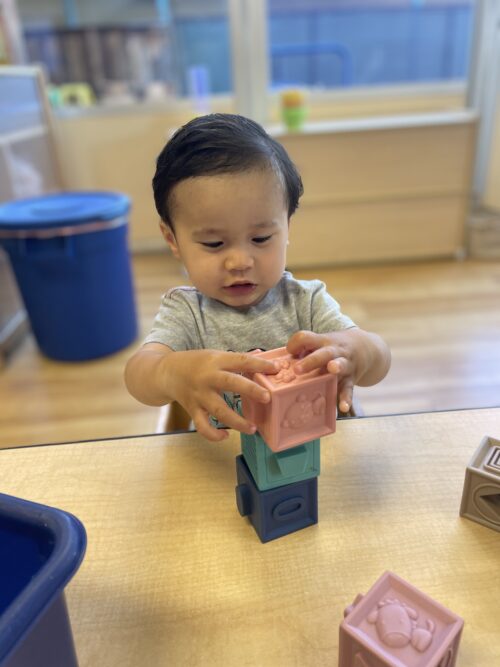
We call this the “Dump and Run” stage. You might have a beautiful shelf set for your child with up to six different activities. Don’t be alarmed when your child stands at the shelf, takes an activity out of the basket and dumps it out onto the shelf. Before you can get to the shelf, your child has run off and is now working with another activity altogether. Be patient, soon, your child will stick with one activity.
Reset the shelf and try again.
Children at this age are working hard to master:
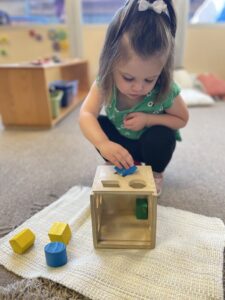 Your child is refining her skills with hand movements, her pincer grasp is more controlled and accurate. Your child can now sort objects by color. It still might be some time before she can name the colors, just simply give her the name of the color, again and again. No need to test at this age.
Your child is refining her skills with hand movements, her pincer grasp is more controlled and accurate. Your child can now sort objects by color. It still might be some time before she can name the colors, just simply give her the name of the color, again and again. No need to test at this age.
Have two or three activities available for your child to sort, stack, or put objects into small spaces. Keep it simple, sort by color, sort by size, sort by shape, with 4 to 6 objects only.
Place the activity in a basket or on a tray, place on a shelf where your child can take the basket to the floor or a table.
There are a number of hammering or pounding materials available. Pounding not only helps hand-eye coordination, but they also make music with this.
Language typically starts to explode right around 18 months. Single word vocabulary grows and children at this age will start to put two words together to make a short sentence.
Start by focusing on letter sounds, not recognition. Before children can learn to read or write, they need to learn about letter sounds. This skill is called phonemic awareness. This is critical to your child’s early language development.
Skip electronic learning toys and apps. Your child does not need them. Children learn best with face-to-face interactions with others- talking, listening, singing and reading stories. Let them talk.
Speak clearly when introducing new vocabulary to your child. Look into their eyes so they can clearly see you and clearly say the new word, Pause. Let your child repeat the word.
Choosing books for your toddler:
Just a few of my favorites; Skip to My Lou, The Lady with the Alligator Purse, Miss Mary Mack.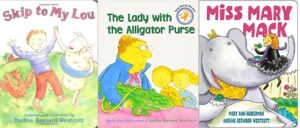
Children at this age love to carry heavy objects. Let them carry groceries, put heavy cans in a bag and let them carry around.
Fill up a large plastic jug with beans or other solid objects. glue the lid on tight. Place the jug on one side of the room on a colored mat. Put a second colored mat across the room. Your child will carry the jug from one mat to the other.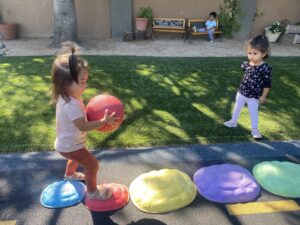
Find a safe space to let your child climb up and down. You don’t need to hover, and you don’t need to be totally hands off. Give your child the opportunity to practice these big gross motor skills.
Keep learning with concrete materials and hands-on. Toddler age children learn best when they can see, hear, touch and manipulate learning materials.
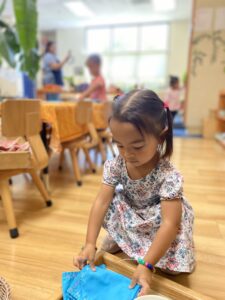 Toddlers love practical life. Let them work alongside you in the kitchen. Some simple activities:
Toddlers love practical life. Let them work alongside you in the kitchen. Some simple activities:
Let them help you by:
Most of all remember it is meant to be fun. Stop before you feel overwhelmed. And keep practicing!
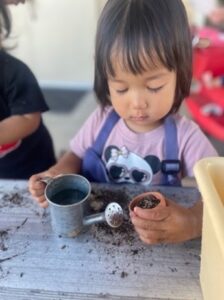
If you missed the first two blogs in this Montessori at Home series, check it out here!